Publikationen
|
 |
 |
 |
 |
H. Geyer,
Process Mining - Vorteile bei Meter-2-Cash Prozessen
Welchen Nutzen bringt die Technologie für den Meter-2-Cash-Prozess, und wo liegen Potenziale in der Automatisierung?
ZfK Digitalisierung IT (2021). |
(Link) |
|
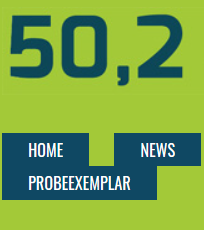 |
H. Geyer,
Pressemitteilung
Datenqualitätsmanagement
50,2 02 (2015), 5. |
(Homepage) |
|
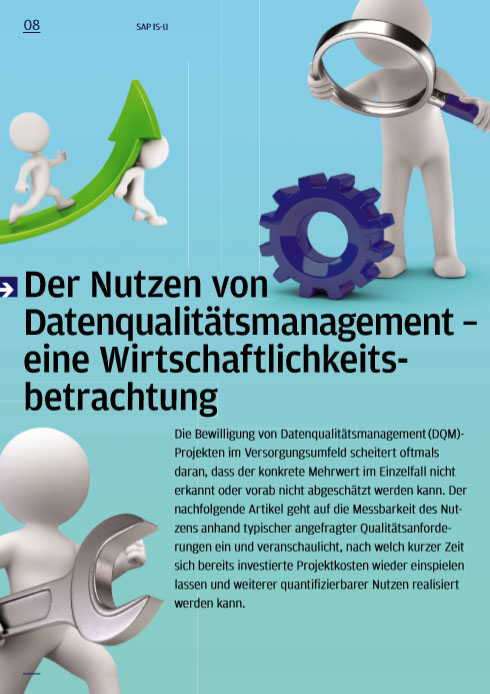 |
H. Geyer,
Der Nutzen von Datenqualitätsmanagement
- eine Wirtschaftlichkeitsbetrachtung
cronos info 36 (2015), 8-12. |
(Download) |
|
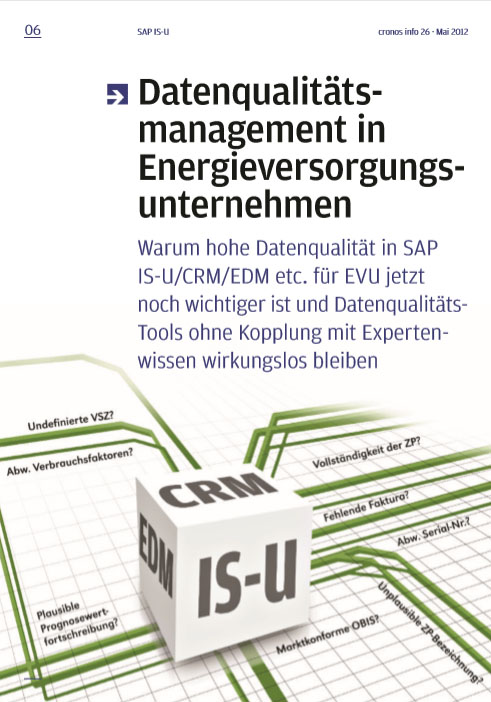 |
H. Geyer,
Datenqualitätsmanagement in Energieversorgungsunternehmen,
Warum hohe Datenqualität in SAP IS-U/CRM/EDM etc. für EVU jetzt noch wichtiger ist und Datenqualitätstools ohne Kopplung mit Expertenwissen wirkungslos bleiben,
cronos info 26 (2012), 6-9. |
(Download) |
|
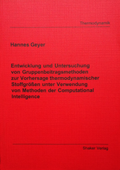 |
H. Geyer,
Entwicklung und Untersuchung von Gruppenbeitragsmethoden zur
Vorhersage thermodynamischer Stoffgrößen unter Verwendung von
Methoden der Computational Intelligence, Shaker, Aachen (2000). |
(Bestellung)
(Inhalt)
(Zusammenfassung)
|
|
 |
H. Geyer, P. Ulbig, M. Görnert, and A. Susanto,
Measurements of densities and excess molar volumes
for (1,2-propanediol, or 1,2-butanediol + water) at the temperatures (288.15, 298.15, 308.15) K and at the
pressures (0.1, 20, 40, and 60) MPa,
The Journal of Chemical Thermodynamics 33 (2001) 9, 987-997. |
(Abstract) |
|
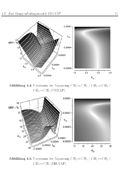 |
H. Geyer, P. Ulbig,
EBGVAP - A group contribution method for the prediction of
enthalpies of vaporization of pure substances |
(in Bearbeitung) |
|
 |
H. Geyer, P. Ulbig, and M. Görnert,
Measurements of densities and excess molar volumes for
(1,2-ethanediol, 1,2-propanediol, or 1,2-butanediol + water) at the temperatures (278.15, 288.15, 298.15,
308.15, 318.15) K and for 2,3-butanediol + water at the temperatures (308.15, 313.15, 318.15) K,
The
Journal of Chemical Thermodynamics 32 (2000) 12, 1585-1596. |
(Abstract) |
|
1522-2640/asset/cover.gif?v=1&s=a6cb513f1156cf66f82a9b0b8db5f04f0ddbc21c) |
H. Geyer, P. Ulbig und S. Schulz,
Verschachtelte Evolutionsstrategien zur Optimierung nichtlinearer
verfahrenstechnischer Regressionsprobleme,
Chemie Ingenieur Technik 72 (2000) 4, 369-373. |
(Abstract) |
|
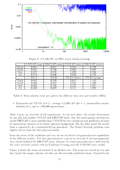 |
M. Mandischer, H. Geyer, P. Ulbig,
Comparison of Neural Networks, Evolutionary Techniques and
Thermodynamic Group Contribution Methods for the Prediction of Heats of Vaporization,
Technical Report CI-70/99 of the Collaborative Research Center 531: "Design and Management of Technical
Processes and Systems by Using Methods of Computational Intelligence", Dortmund (1999).
Simulated Evolution and Learning, Lecture Notes in Computer Science 1585 (1999), 106-113. |
(Download PDF)
(Research Index)
|
|
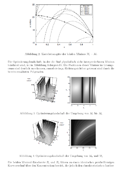 |
H. Geyer, P. Ulbig, S. Schulz, P. Bräuer,
Vergleich zwischen klassischen und verschachtelten
Evolutionsstrategien am Beispiel einer nichtlinearen Regression an Oberflächenspannungen in R²,
Interner
Bericht CI-66/99 des Sonderforschungsbereichs 531: "Design und Management komplexer technischer
Prozesse und Systeme mit Methoden der Computational Intelligence", Dortmund (1999). |
(Download PDF)
(Download PS) |
|
 |
C. Kracht, H. Geyer, P. Ulbig and S. Schulz,
Parameter Optimization of Group Contribution Methods in
High Dimensional Solution Spaces,
In: B. Reusch, Computational Intelligence - Theory and
Applications, International Conference, 6th Fuzzy Days, Springer, Lecture Notes in Computer Science
1625, Berlin (1999), 647-657. |
(Abstract) |
|
 |
H. Geyer, P. Ulbig and S. Schulz,
Use of Evolutionary Algorithms for the Calculation of Group
Contribution Parameters in order to Predict Thermodynamic Properties.
Part 2: Encapsulated Evolution
Strategies,
Computers and Chemical Engineering 23 (1999) 7, 955-973. |
(Abstract) |
|
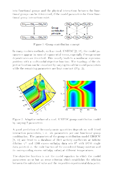 |
C. Kracht, H. Geyer, P. Ulbig, S. Schulz,
Optimum tuning parameters for Encapsulated Evolution
Strategies: Results for a nonlinear regression problem,
Technical Report CI-42/98 of the Collaborative
Research Center 531: "Design and Management of Technical Processes and Systems by Using Methods of
Computational Intelligence", Dortmund (1998). |
(Download PDF)
(Download PS) |
|
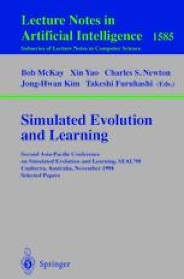 |
M. Mandischer, H. Geyer, P. Ulbig,
Neural Networks and Evolutionary Algorithms for the Prediction of
Thermodynamic Properties for Chemical Engineering,
In: B. McKay, X. Yao, C. S. Newton, J.-H. Kim, T.
Furuhashi, Second Asia-Pacific Conference on Simulated Evolution and Learning - SEAL 98, Canberra
(Australia), Lecture Notes in Computer Science 1585, Springer, Berlin/Heidelberg (1999), 106-113. |
(Abstract)
(Download PDF) |
|
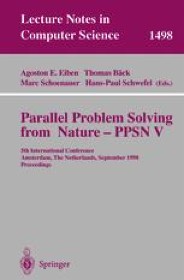 |
H. Geyer, P. Ulbig, and S. Schulz,
Encapsulated Evolution Strategies for the Determination of Group
Contribution Model Parameters in order to predict Thermodynamic Properties,
In: A. E. Eiben, T. Bäck,
M. Schoenauer, H.-P. Schwefel, 5th International Conference, Parallel Problem Solving from Nature,
Lecture Notes in Computer Science 1498, Springer, Berlin (1998), 978-987. |
(Abstract) |
|
 |
P. Ulbig, H. Geyer, O. Groß, and S. Schulz,
Excess Volumes for Diisopropyl Ether + Butanoic Acid and
+ Butyl Formate from 298.15 K to 323.15 K at Pressures up to 60 MPa,
Journal of Chemical and
Engineering Data 43 (1998) 2, 175-177. |
(Abstract) |
|
 |
P. Ulbig, T. Friese, H. Geyer, C. Kracht, and S. Schulz,
Prediction of thermodynamic properties for
chemical engineering with the aid of Computational Intelligence,
In: Progress in Connectionist-Based
Information Systems - Proceedings of the 1997 International Conference on Neural Information
Processing and Intelligent Information Systems 2 (1997), 1259-1262. |
(Index) |








1522-2640/asset/cover.gif?v=1&s=a6cb513f1156cf66f82a9b0b8db5f04f0ddbc21c)








